How fast bed bugs breed
Content
- Bed bugs
- Bed Eggs Eggs
- Bedbug Nymphs
- Mating bedbugs
- Bugs in the apartment
Entomologists are sounding the alarm and fear that humanity is facing a serious threat of infection and the widespread distribution of bedbugs. And considering how quickly bedbugs breed, this can happen in the near future.
Favorable breeding conditions for bedbugs
Reproduction of bed bugs directly depends on their habitat conditions. For a long period of coexistence with a man, they learned for a long time to go without food, without food sources, to fall into a state close to anabiosis, to withstand temperature changesto resist insecticides.
With the same zeal, bedbugs inhabit the student dormitories, expensive hotels, small-sized "Khrushchev", ordinary apartments and luxury mansions. Sanitary standards of the premises are not the decisive criterion for the habitat of parasites.
On a note!
However, it can not be argued that the cleanliness of the room does not affect the development of the population and the breeding of bedbugs. In the cluttered apartments of bedbugs there are more opportunities to create secluded shelters in which they can quietly multiply.
On how bedbugs breed in an apartment, the following factors have a beneficial effect:
- lack of sunlight;
- humidity;
- regular meals;
- temperature 20-30 ° C.
In residential apartments there are all conditions for the development and reproduction of bedbugs. Temperature regime is maintained throughout the year, secluded habitat they are found in folds, upholstered furniture, in beds, sofas. At temperatures below 20 ° C, the breeding of bedbugs stops, and the female bed bug temporarily loses its ability to lay eggs.
How does the process of fertilization
How bedbugs breed, is of interest to pundits. From their point of view, this process is very exciting. No insect species is as sexually inherent as male bugs. Mating occurs by traumatic insemination. The female bug does not have a mating hole, so the male pierces its carapace with its long, sharp, curved sexual organ and introduces sperm into the formed hole. Sperm can be in the head, legs, belly of the female and then deposited in a special section.
Under such breeding conditions, most sperm cells die, so the prudent male tries to leave as much sperm as possible. In comparison with a person, this amount is equal to 5 liters according to one data, and according to data from other sources to 30 liters. In this brutal way, evolution took care of the safety of the offspring and the population. In the period of famine, the females feed on unformed eggs.
Fertilization alone is enough for a female to lay eggs all her life.
A house bug can mate very often, up to 200 times a day. The insect is extremely illegible in sexual relations and comes into contact with individuals of other species, their relatives, young nymphs, regardless of their age, other males. When one male mates with another, he injects him with seminal fluid. As a result, the second male is in the role of a kind of storage of genetic material and, when mating with a female, he introduces into it a “cocktail” of sperm from all those who were in contact with him. Same-sex relationships contribute to the emergence of genetically diverse and viable offspring during reproduction, which is especially important given the fact that all individuals in the nest are practically related to each other.
Egg laying
After fertilization, seminal fluid accumulates in a special section of the female and is formed into eggs. For regular breeding and breeding, the individual must eat fully. One feast is enough for a voracious female for 2-3 egg-laying. On the day, the female lays from 6 to 10 eggs, during her life cycle she is able to lay about 500 eggs, which allows you to quickly grow the number of insects.
Bedbug eggs are hidden in dark, secluded areas of the apartment. With a small infection of the first eggs, she lays directly in the habitat near the power source. When there are too many individuals in the nest, the female begins to store the eggs elsewhere, thereby organizing a new nest. So rapid reproduction leads to the formation of new habitats for bedbugs in the apartment. Distinguish nests can be on a chaotic cluster of individuals of different ages, larvae, eggs, waste products, chitinous shells of nymphs.
On a note!
Bed Eggs Eggs miniature, their size barely reaches 1 mm, the shape has the outline of a grain of rice (see photo). Color can vary from transparent white to a yellowish tint.The egg shell is very durable and reliably protects the offspring from the aggressive effects of external factors, insecticidal products. Due to the stickiness of the shell, the eggs can be attached on any surfaces in the apartment.
At a temperature of 25 to 30 ° C, the development of the egg ends in 5-6 days, at a low temperature, the time increases to 10-15 days. If the temperature is below 10 ° C, development stops and resumes when conditions are favorable. Temperatures below 10 ° C can destroy the egg-laying and stop the breeding of bedbugs.
One fertilized female, under favorable conditions, is capable of giving rise to a whole colony, the number of which in 2 months will amount to hundreds.
Nymph development
From the egg is born larvawhich is also called nymph. It is different from an adult. dimensions and inability to procreate. How the bedbugs breed at this stage and how quickly it depends on the temperature conditions in the apartment and the regular food base. The development time of a nymph before becoming an adult insect can vary from 4 to 16 weeks.
Before becoming a mature individual, the larva molts five times - throws off its shell, which becomes small to it.These chitinous shells in the apartment can be found on the bed, near the habitats of bedbugs, on the trajectory of the route along which the nymph moves. Usually the interval between the molts is from 4 to 8 days. How long it takes a nymph to upgrade the shell depends on bedbug frequency.
On a note!
Larvae feed much more frequently in comparison with adults. Their bites hurt because their saliva does not yet have an anesthetic effect. Like adult bugs, nymphs feed exclusively on blood.
Uncomfortable temperature leads to a decrease in the rate of reproduction and development of larvae. At a temperature of 15 ° C, the development of the larva stops, with a decrease in temperature by 5 ° C, it falls into anabiosis.
Reproduction of bedbugs in the apartment
Reproduction of bedbugs in the apartment is fast. The heating system, air conditioning in the summer, help to maintain the optimum temperature throughout the entire calendar year. The development of the bug from eggs to larvae in the living room is 30-40 days. Therefore, it is necessary for one female bug to appear in the apartment and wait for the appearance of new individuals for a long time.
Why in the 21st century there are more bedbugs
Scientists identify several reasons for which the growth dynamics of the population of blood-sucking insects began to be observed:
- Climate change in the direction of warming, a significant increase in the number of heated premises have a beneficial effect on the reproduction of bed bugs. Apartments have become an ideal breeding ground for bedbugs.
- Migration. People began to travel more and, accordingly, to visit countries that historically are the homeland and the place of accumulation of thermophilic parasites. Insects began to spread actively across all continents, especially since it is easy for them to hide in their luggage.
- A large number of second-hand markets, the distribution of goods from contaminated adverse zones, which then fall into the apartment.
- Rapid adaptation of insects to insecticides. Those funds that killed bedbugs on the spot in the 80s of the last century, now they almost do not work. The main task of insecticides at the end of the last century was the extermination of cockroaches, the remaining insects were considered as a secondary goal.Formulas of drugs are constantly changing, so that cockroaches do not have addiction. A variety of active substances triggered resistance to insecticide bugs.
- An abundance of advertising and illiterate approach to the destruction of bedbugs in the apartment. Intrusive advertising has constantly convinced people that get rid of parasites anyone can, you just need to buy a can and after a couple of simple manipulations the bugs will no longer appear. Not only that the objects of advertising are often completely useless means, the sense of which is zero, so also the wrong technology of processing the room is promoted, which can not stop reproduction. The choice of ineffective means, neglect of the treatment process are the causes of reproduction and mass infection of apartments, entrances and houses.






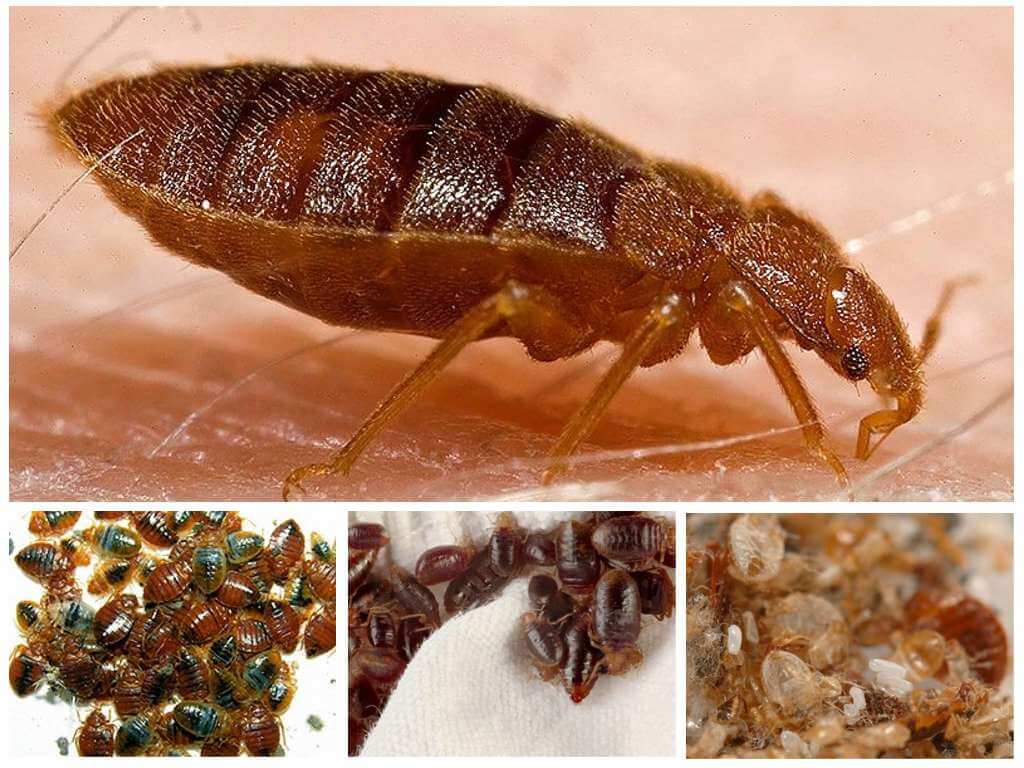
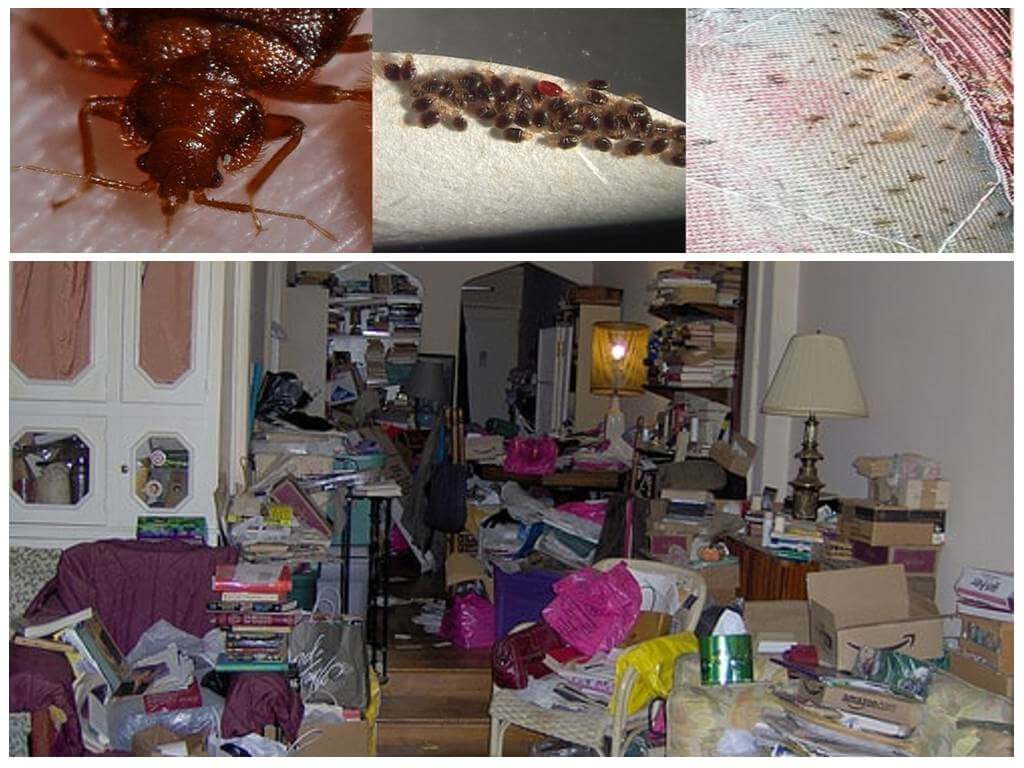
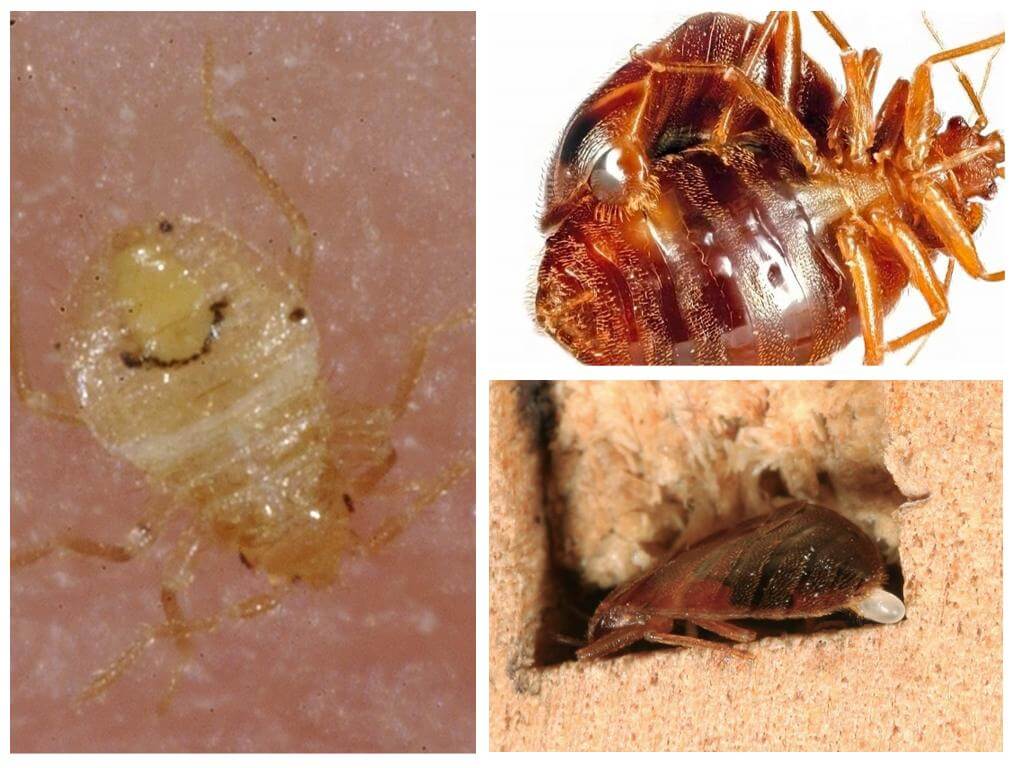
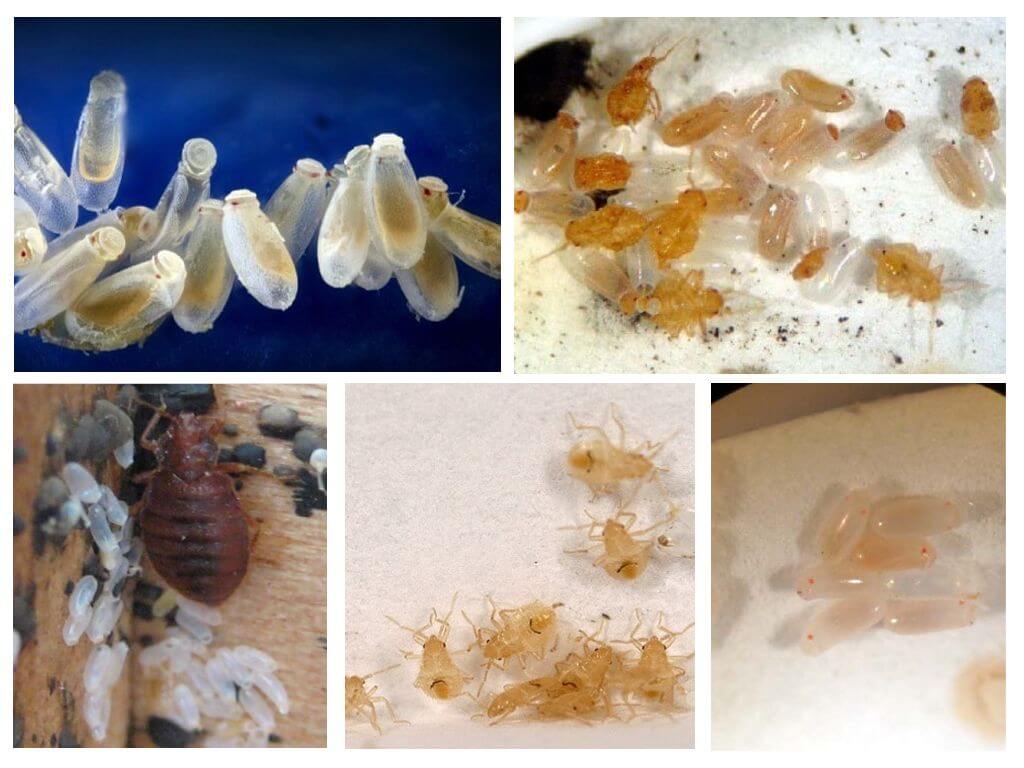
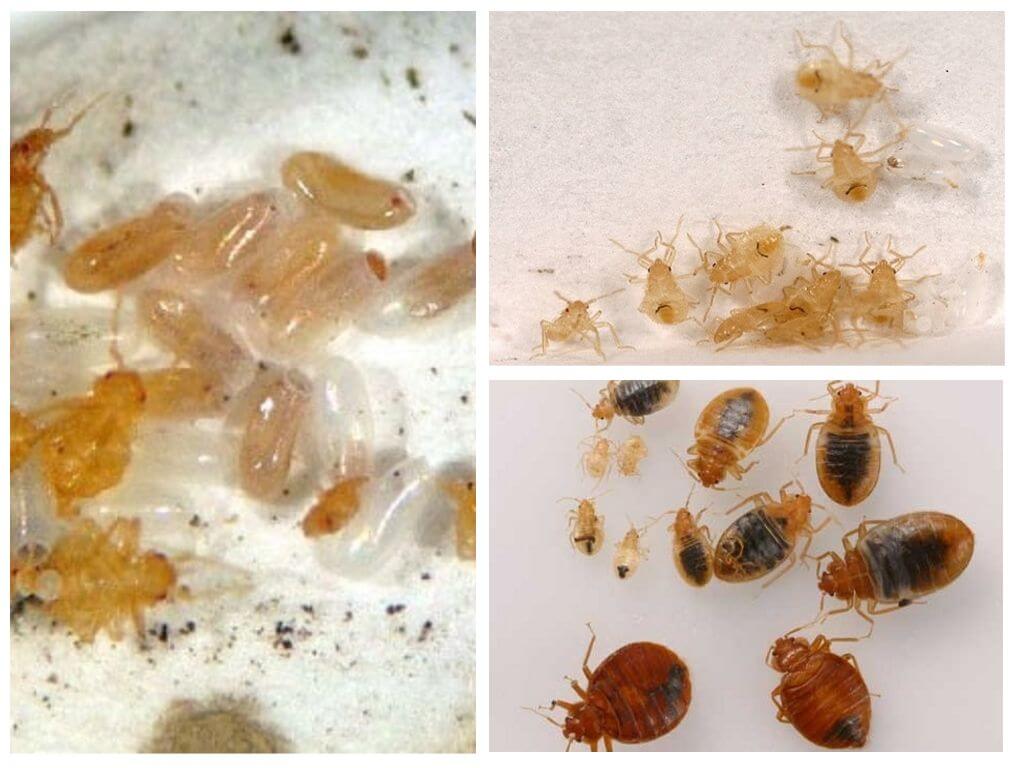

 (votes: 10, Average rating: 4.60 out of 5)
(votes: 10, Average rating: 4.60 out of 5)


